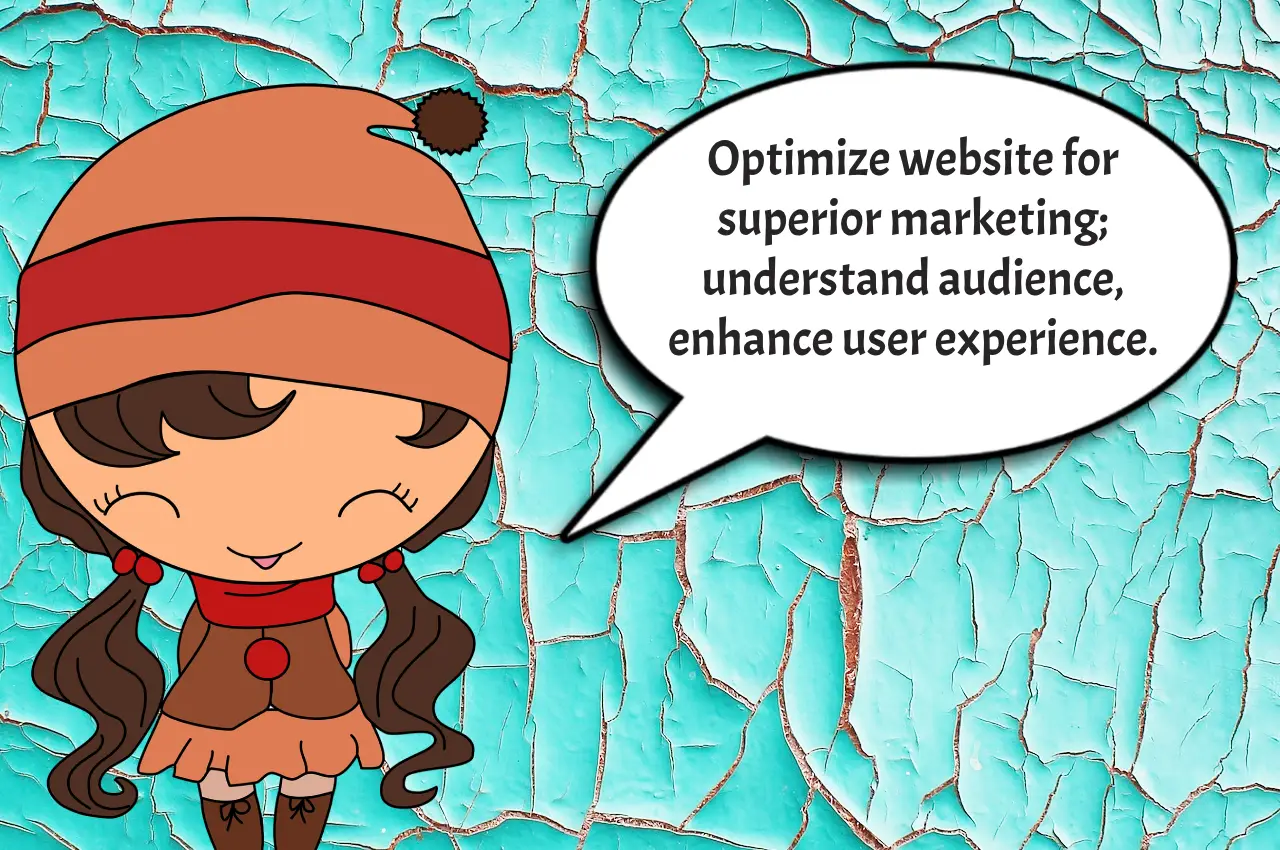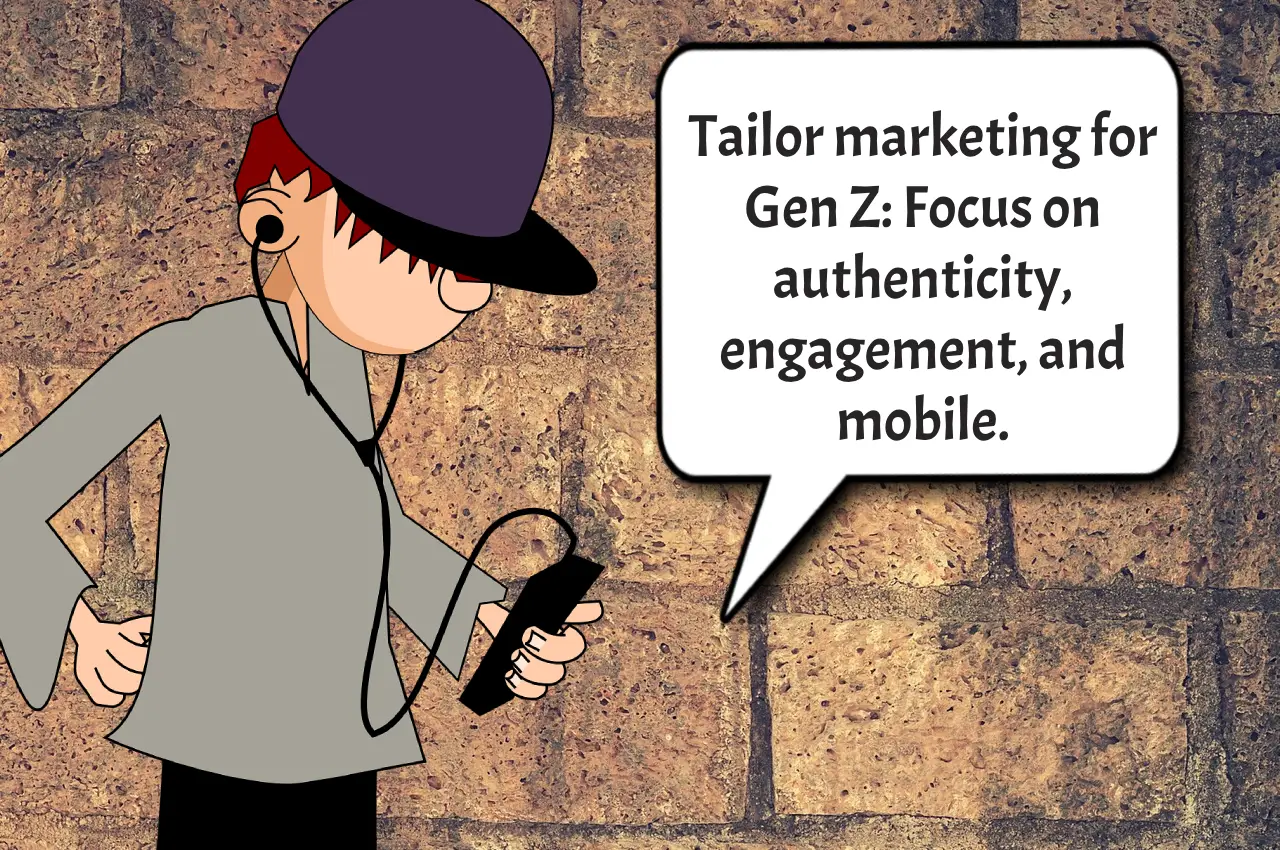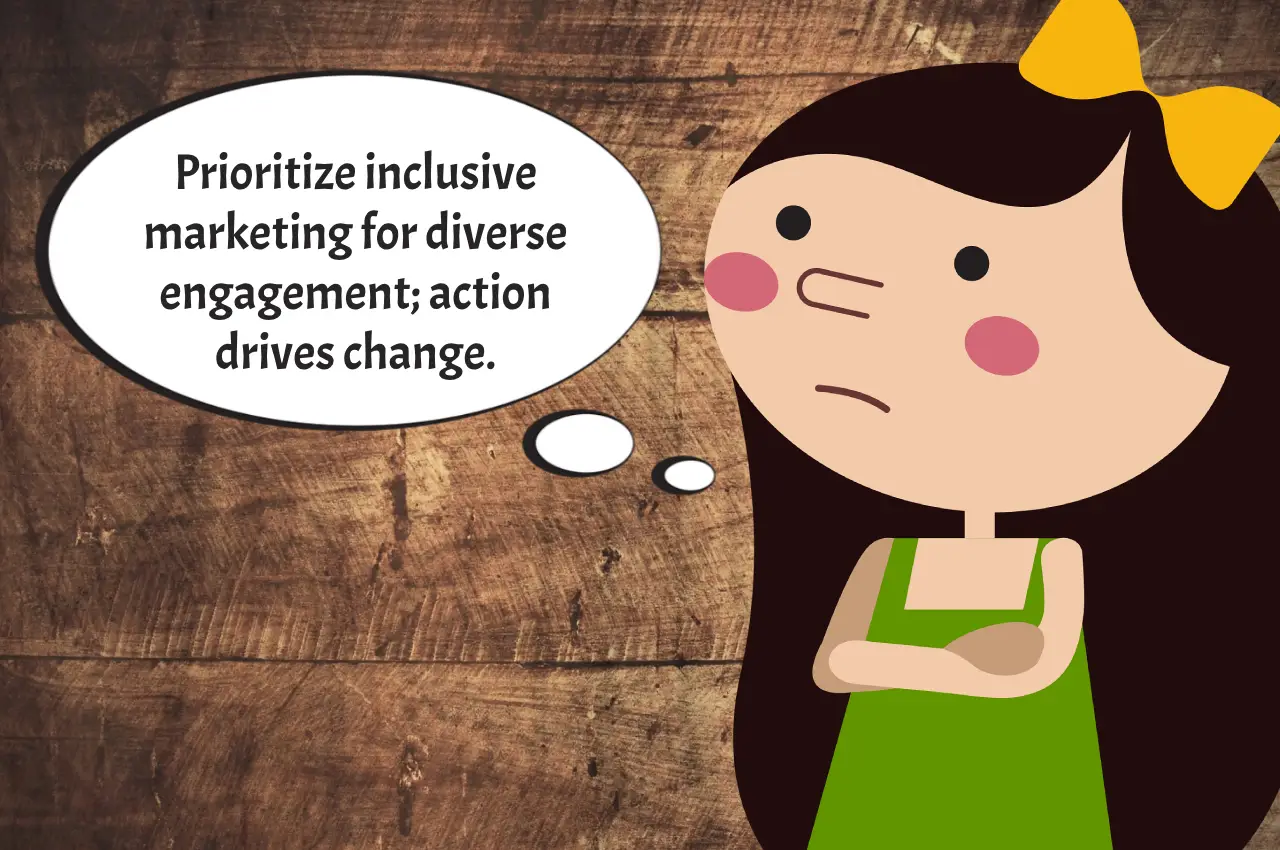Your website is more than a digital representation of your brand; it’s the cornerstone of your marketing strategy. A well-optimized website not only draws visitors but also captivates and converts them into loyal customers. Let’s dive into strategies to optimize your website for superior marketing outcomes.
Understanding Your Audience is Crucial
Before any changes, it’s vital to understand your audience. Consider a bookstore in a bustling city. If it’s near universities, it might focus on academic texts and quiet study areas. Your website should mirror the needs and preferences of your audience in a similar manner.
The Power of User Experience (UX)
An aesthetically pleasing website is important, but user-friendliness is key. A smooth online journey encourages visitors to stay longer and engage more. If users struggle to navigate or find information, they’re likely to leave out of frustration. Ensure your website is intuitive and easy to navigate.
Optimize for Mobile Users
With the prevalence of smartphones, mobile optimization is critical. A local bakery’s website was initially desktop-only. After switching to a mobile-friendly design, they saw a significant uptick in online orders. Your website must be easily accessible on all devices.
Website Speed: The Silent Game-Changer
Slow-loading websites deter visitors. If a website takes too long to load, potential customers are likely to go elsewhere. Enhancing your website’s speed is crucial for keeping visitors engaged and reducing bounce rates.
Content: The Heart of Your Website
Engaging, valuable content is essential when you optimize your website. It’s not just about keywords; it’s about providing real value to your audience. A home improvement blog offering DIY tips and tricks can draw in a specific audience, boosting SEO and establishing the site as a thought leader.
SEO: More Than Just Keywords
Effective SEO involves structuring your site for better search engine understanding and ranking. This includes using descriptive titles, meta descriptions, and ALT tags for images, much like how a well-organized store makes shopping easier for customers.
The Impact of Social Proof
Incorporating reviews and testimonials can significantly boost credibility and optimize your website. For example, an online gadget store displaying user reviews saw a noticeable increase in sales. Positive experiences shared by others can greatly influence potential customers’ decisions.
Effective Call to Actions (CTAs)
Clear, compelling CTAs guide visitors towards desired actions. A travel website initially used vague CTAs and saw limited engagement. By changing to specific, action-oriented CTAs like “Book Your Dream Vacation Today,” they experienced a surge in bookings.
Data-Driven Decisions
Tools like Google Analytics offer insights into visitor behavior. A boutique’s website noticed high traffic but low sales. Analytics revealed that most users abandoned their carts at checkout. Streamlining the checkout process led to an increase in sales. Regular data analysis is key to understanding and improving your website.
Building Trust with Security
A secure website is essential, especially for sites handling sensitive information. Website security not only protects your business and customers but also enhances SEO rankings. Think of it as installing a robust security system in a physical store.
The Magic of A/B Testing
A/B testing involves comparing different versions of your website to determine what works best. An e-commerce site experimented with different color schemes and found that a brighter, more vibrant layout led to increased user engagement and higher sales.
Multimedia: Keeping It Engaging
Diversifying content with videos, podcasts, and infographics can make complex topics more understandable and engaging. A fitness blog introduced workout videos, leading to a notable rise in followers and interaction.
Inclusivity Through Accessibility
Ensuring your website is accessible to everyone, including those with disabilities, is not just ethical but also expands your reach. A website that is navigable and readable by all visitors reflects positively on your brand’s values.
Fostering Connections
Encourage visitors to engage with your brand beyond the website. Prompt them to follow you on social media, subscribe to newsletters, or read your blog. This builds a community around your brand and fosters long-term relationships.
Now, armed with these insights, identify one area of your website that needs improvement. Start there and share your journey or seek advice in the comments. Let’s work together to optimize your website from good to exceptional!





